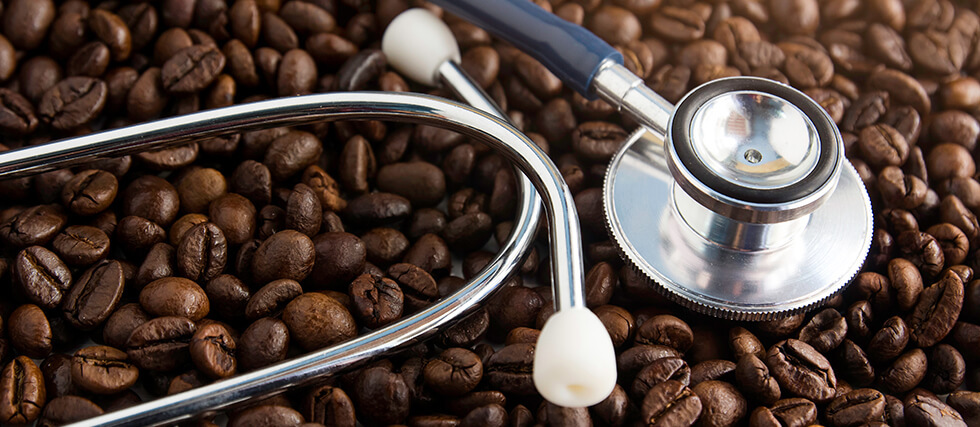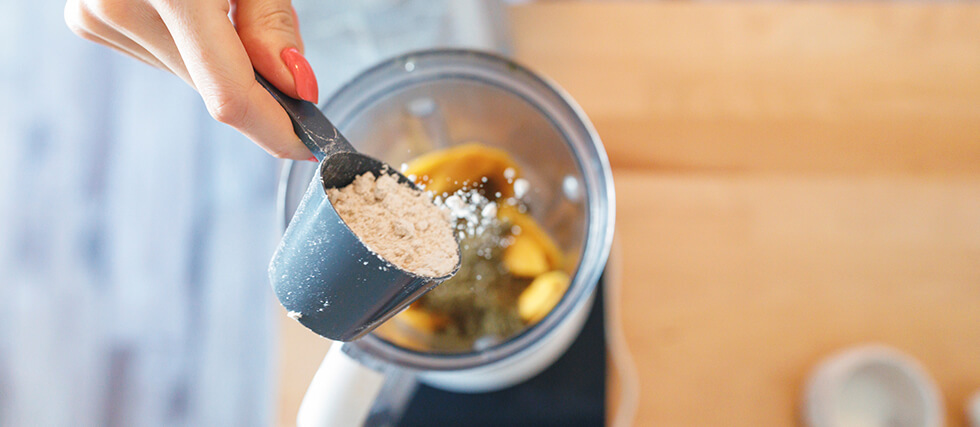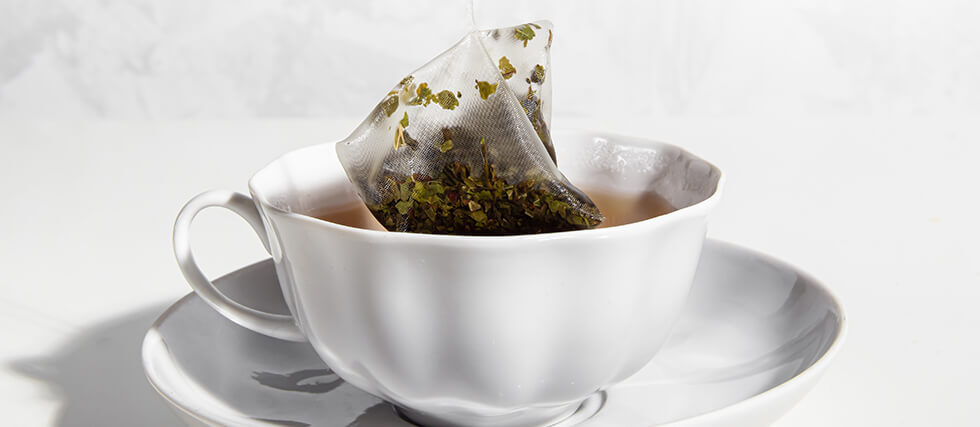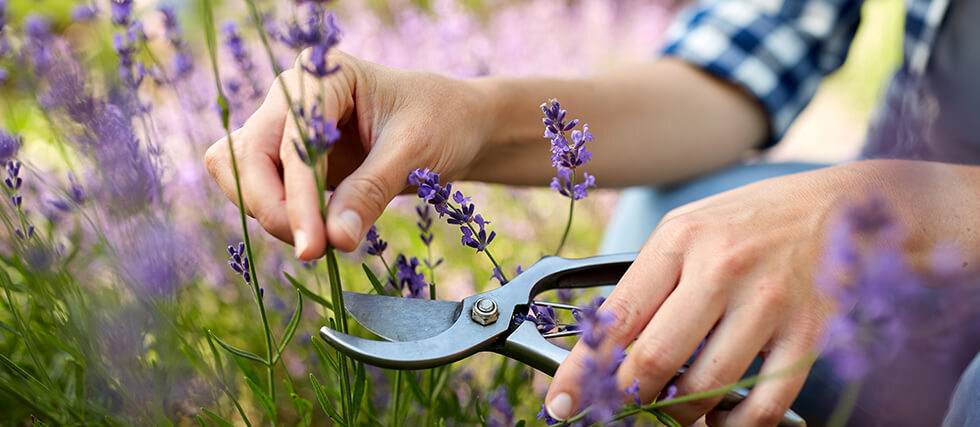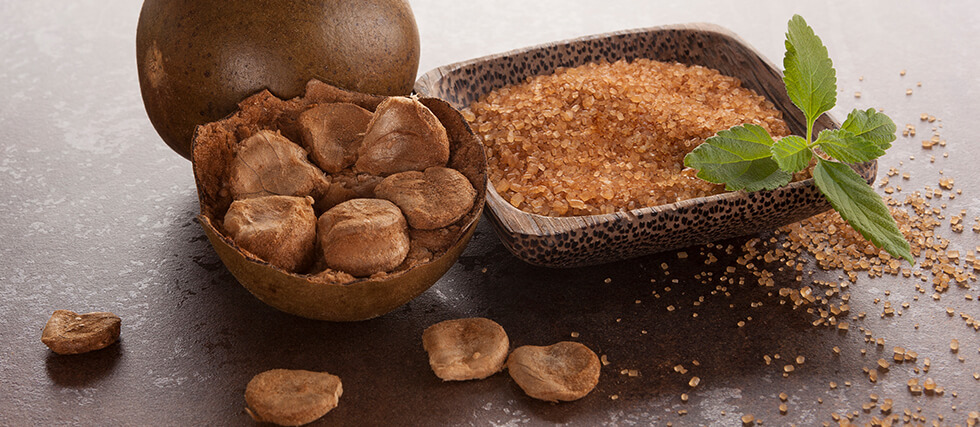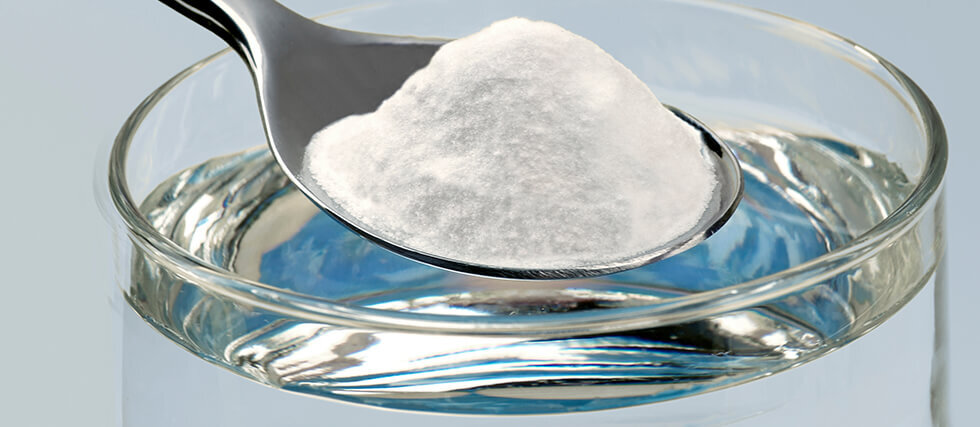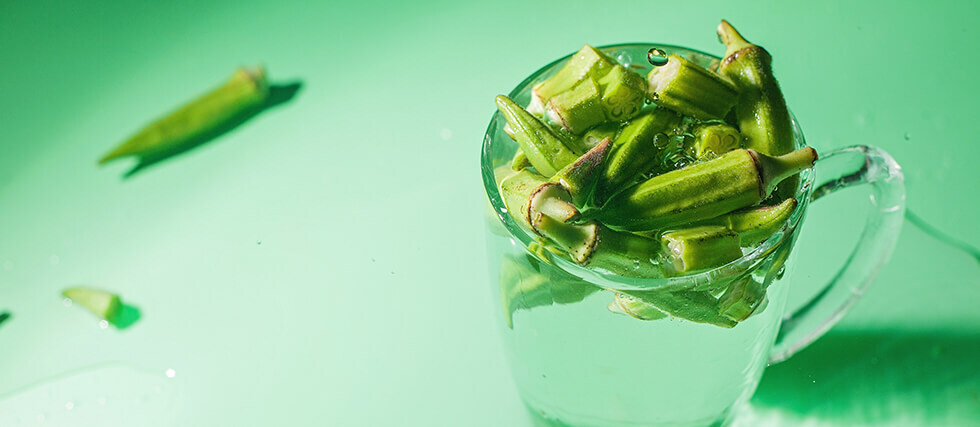Benefits of Coffee and Your Liver
That daily cup of coffee might do more than jumpstart your day—it could also support your liver. Research shows coffee may help reduce inflammation, support detox processes, and even protect against liver disease. According to liver specialist Dr. Jamile Wakim-Fleming, coffee contains powerful antioxidants, like chlorogenic acid (CGA), that help prevent fat buildup in the liver and promote autophagy—a process that clears out damaged cells.
Coffee also appears to slow the progression of liver fibrosis by inhibiting adenosine receptors, which are involved in liver injury and scarring. For people living with hepatitis C or fatty liver disease (now referred to as MASLD), coffee may reduce inflammation and lower the risk of complications like cirrhosis and liver cancer. In fact, regular coffee drinkers with MASLD are less likely to progress to cirrhosis or die from liver-related causes.
So what kind of coffee is best? Black coffee is ideal. Skip sugary syrups, whipped cream, and heavy creamers that can worsen insulin resistance—especially important for those with liver concerns. If you can’t go black, try a splash of plant-based or skim milk and use natural sugar alternatives like honey or monk fruit.
Also, opt for organic and fair-trade coffee whenever possible. Organic coffee is grown without synthetic pesticides and chemicals, reducing your exposure to toxins that the liver must process. Fair-trade options support ethical farming practices and are often higher in quality.
Both caffeinated and decaf coffee offer liver benefits, and drinking at least three to four cups a day is generally recommended—up to six cups for those with liver conditions, if tolerated. However, people with heart issues or sensitivity to caffeine should consult a doctor first.
While coffee won’t cure liver disease, it’s a simple and satisfying habit that can help your liver work better for longer. Cheers to your next cup!


